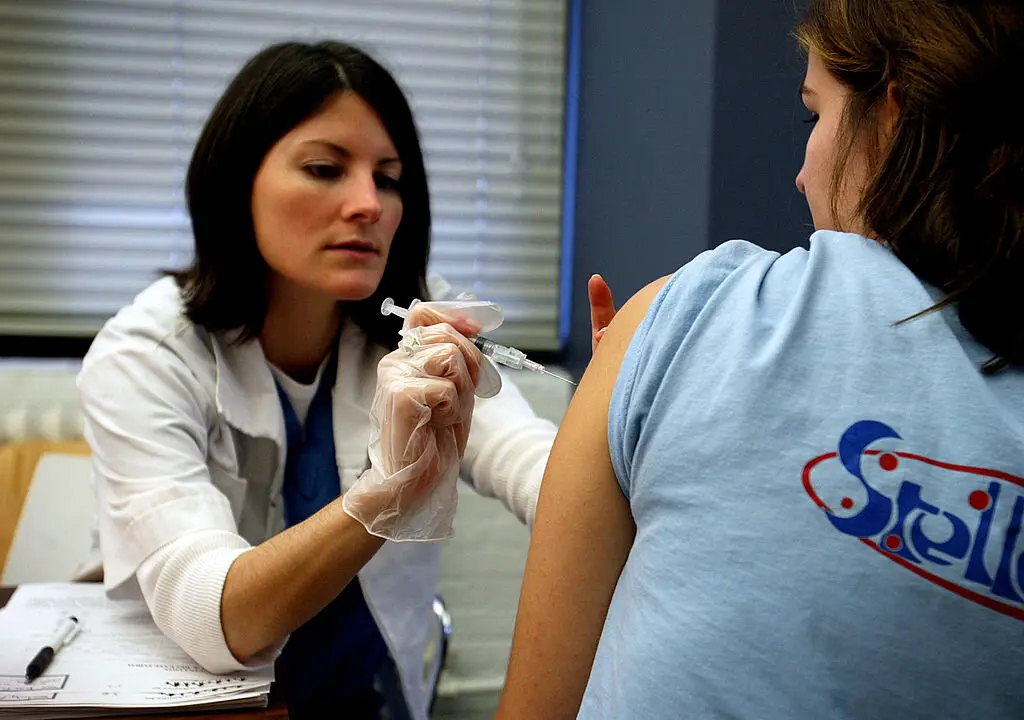SpaceX is planning to launch three private flight missions in coming years, collectively called the Polaris Program, which seeks to demonstrate new technologies, advance deep space exploration while, at the same time, raise global awareness for Memphis-based St. Jude Children’s Research Hospital.
Polaris Dawn, the first of these missions, is scheduled to be carried out by the fourth quarter of this year.





